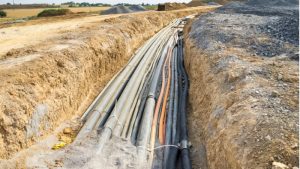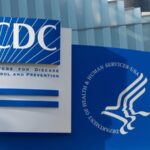Maryland Gov. Larry Hogan has announced more than $127.6 million in broadband grants for local jurisdictions, Internet Service Providers, and community organizations, as well as education-specific grants that will expand infrastructure and provide wireless devices and equipment to Maryland’s K-12 students.
The Vermont Department of Public Service (PSD) and the Agency of Transportation (AOT) will start conducting new drive tests to gather data and determine mobile wireless coverage throughout the state.
The Federal Communications Commission (FCC) announced over $266 million in two new funding rounds through the Emergency Connectivity Funding (ECF) program to help close the “homework gap” for students that don’t have access to reliable broadband service and devices.
Federal Communications Commission Chairwoman Jessica Rosenworcel has put the agency’s wheels in motion to consider a four-fold increase in its definition of internet service speed that qualifies as “broadband” service.
Twenty-two different mayors from North and South American cities have banded together to join the Bloomberg Philanthropies City Data Alliance to be able to make better informed decisions based on data collection.
The House on July 12 approved by voice vote a bill that would provide surplus Federal government computer gear to educational institutions, veterans, individuals with disabilities, low-income individuals, students, or seniors in need.
For some in higher education the pandemic did not really start something new in higher educational cloud structure or how classrooms of the future would look like.
The Department of Commerce’s National Telecommunications and Information Administration (NTIA) announced that all 50 states have confirmed their participation in the Biden Administration’s Internet for All Initiative.
New York Governor Kathy Hochul announced the launch of a statewide air quality and greenhouse gas mobile monitoring initiative, which is first being deployed in communities overburdened by environmental pollution.
Florida Gov. Ron DeSantis and Commissioner of Education Manny Diaz have announced $15.6 million to expand cybersecurity and IT training in Florida at both the K-12 and higher education levels.













